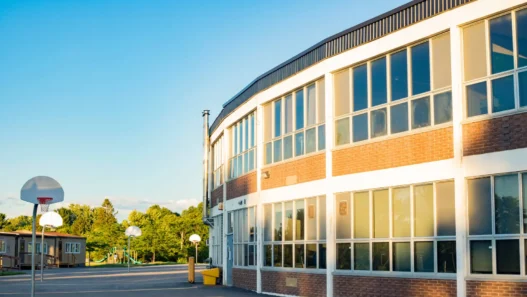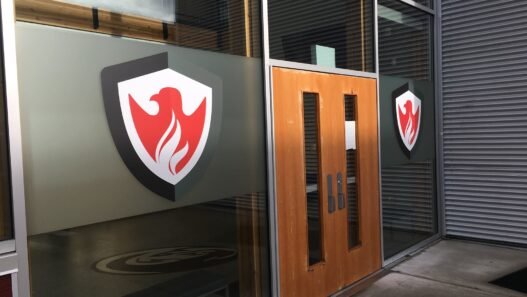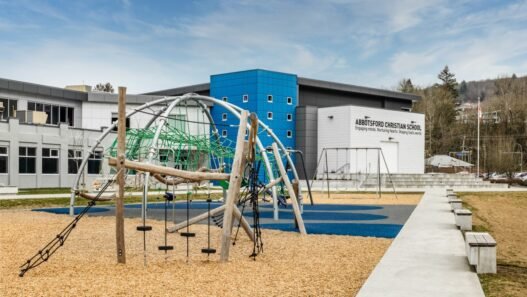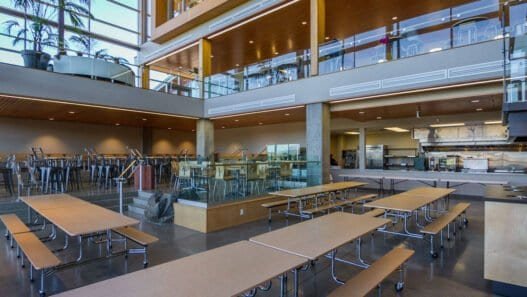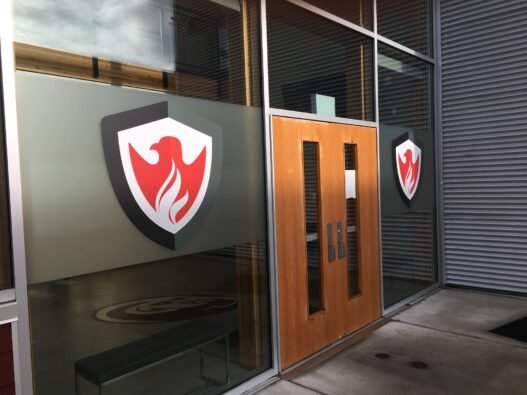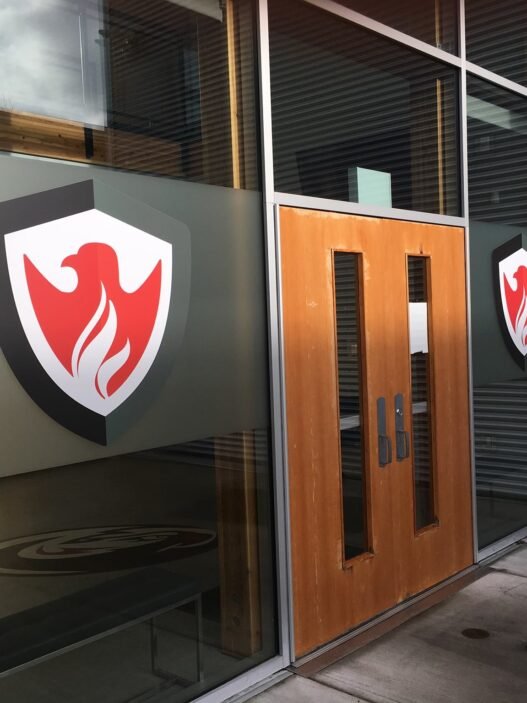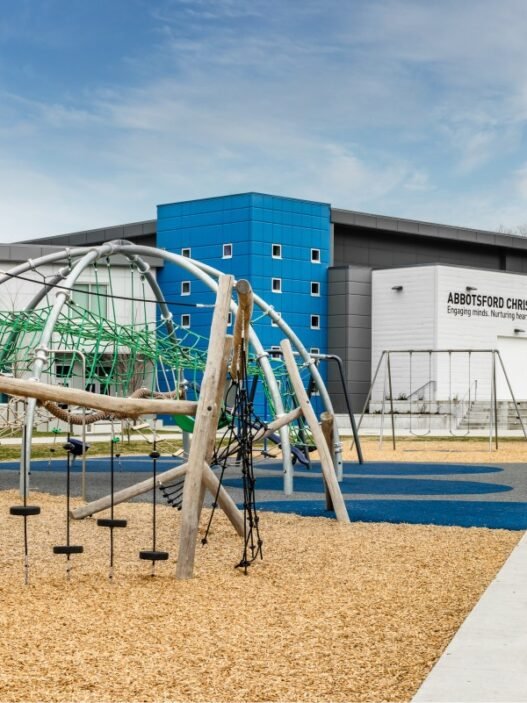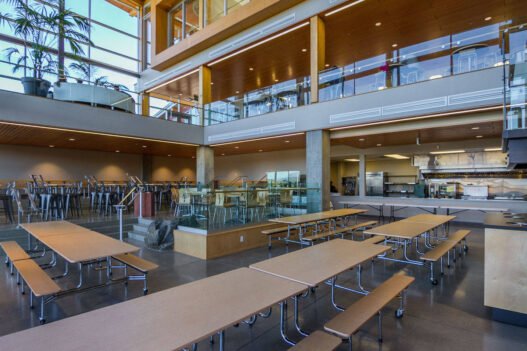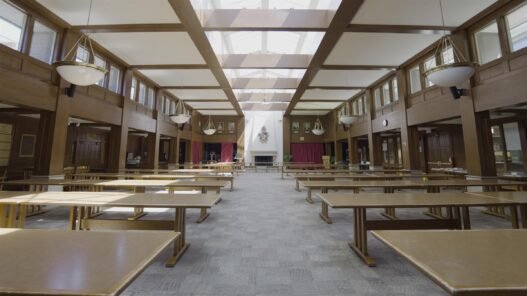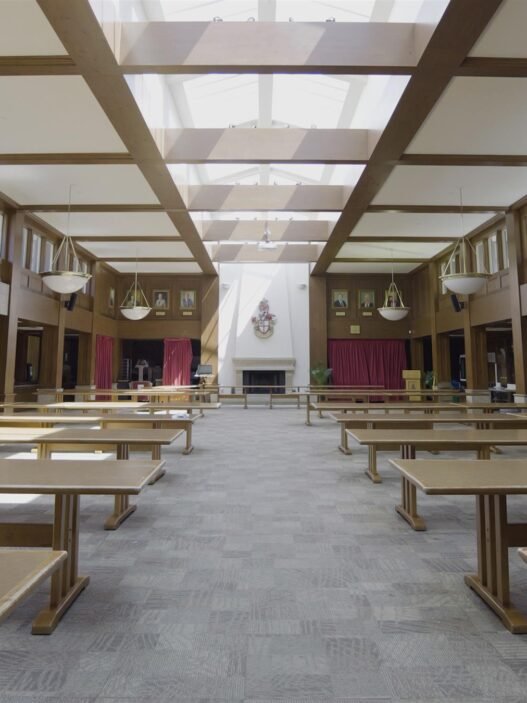Coquitlam, the largest city in the Tri-Cities region of Metro Vancouver, has transformed over the past two decades from a modest commuter suburb into one of the province’s most aspirational residential corridors. With rapid densification along the Evergreen SkyTrain line, a surge in immigration—especially from East Asian and Persian communities—and an increasingly competitive housing market, Coquitlam’s demographic footprint now mirrors that of more urbanized centres.
At the same time, Coquitlam retains a suburban character—low crime, good parks, family-oriented planning—which creates fertile conditions for high educational attainment. In this environment, the city’s top elementary schools reflect a convergence of strong school leadership, high parental expectations, and deep cultural emphasis on learning.
The Fraser Institute’s 2024 Report Card on British Columbia’s Elementary Schools, based on provincial Foundation Skills Assessment (FSA) results, reveals that Coquitlam’s top academic performers include both public and independent institutions. The common denominator? Family investment—whether through tutoring, homework routines, or weekend enrichment programs—and neighbourhoods that prioritize long-term stability over short-term mobility.
Top 20 Elementary Schools in Coquitlam
1. Our Lady of Fatima School
A cornerstone of Catholic education in Coquitlam, Our Lady of Fatima continues to attract families with deep religious commitments and strong academic expectations. Often from Portuguese, Italian, Filipino, or Korean backgrounds, parents at this independent school invest time and resources into a moral and structured education. Classrooms are quiet, respectful, and achievement-oriented—reinforced by home routines grounded in discipline and prayer. Academic success here flows naturally from cultural cohesion and faith-driven effort.
2. Traditional Learning Academy
TLA exemplifies the disciplined instructional model that appeals to families prioritizing order and academic clarity. As a Christian independent school, it draws working- and middle-class families—often self-employed or in service-oriented professions—who want direct, values-based education. Parental engagement is high, often supplemented by home-based curricula and enrichment. Students thrive in an environment where learning is steady, predictable, and purpose-driven.
3. Harbour View Elementary School
Nestled in North Coquitlam, Harbour View benefits from a catchment of stable, professionally employed families. Parents include civil servants, educators, and health-care professionals, many of whom are long-established residents. Teachers experience low turnover, enabling strong year-to-year instructional continuity. PAC participation is robust, and most students arrive with developed literacy skills and strong homework routines.
4. Riverview Park Elementary School
Riverview Park serves a neighborhood of middle- to upper-middle-income households, many of whom are second-generation immigrants who emphasize education as a primary household goal. Homes are filled with books, musical instruments, and educational software. The school itself is orderly, with highly organized classrooms and consistent reading and numeracy benchmarks. The result is a learning environment where achievement is reinforced by high parental expectations.
5. R C MacDonald Elementary School
A well-regarded public school in a quiet residential pocket, R C MacDonald benefits from community continuity. Many parents have lived in the area for years and are active in PAC fundraising, school planning, and homework support. Though less demographically diverse than some neighboring schools, it excels through routine, leadership stability, and a no-nonsense academic culture.
6. Walton Elementary School
Located near Coquitlam Centre, Walton is a hub for Coquitlam’s East Asian communities, particularly Korean and Chinese families. Academic intensity is reinforced through after-school programs, weekend tutoring, and active family engagement. The school has developed a strong reputation for literacy, science, and mathematics, thanks in part to its responsiveness to the high standards of its parent base.
7. Baker Drive Elementary School
Baker Drive remains a community anchor, serving families who are actively engaged in both classroom life and extracurricular enrichment. Teachers know students by name, and parents—many of whom work in education or skilled trades—regularly attend school events, lead field trips, and coordinate learning support at home. The school’s smaller size enhances teacher-student relationships, contributing to consistent academic outcomes.
8. Pinetree Way Elementary School
Serving a busy civic area, Pinetree Way welcomes families from diverse linguistic and economic backgrounds. Many parents are recent immigrants with university education, who supplement public instruction with extensive home-based academic support. Teachers have adapted to these expectations with strong ELL programming and clear, skill-based teaching strategies, resulting in steady academic performance.
9. Bramblewood Elementary School
Located on the wooded slopes of Westwood Plateau, Bramblewood is marked by its calm school climate and strong academic culture. Families tend to be upper-middle-income professionals who emphasize structure, technology literacy, and bilingualism. PAC involvement is high, and classrooms are often enriched by guest speakers, STEM initiatives, and reading challenges supported at home.
10. Eagle Ridge Elementary School
Eagle Ridge stands out for its multi-ethnic enrollment and unified academic tone. Many students come from households with high parental oversight—especially in homework and math—and are enrolled in enrichment programs from an early age. The school’s results reflect a synergy between teaching professionalism and home-based reinforcement of learning routines.
11. Queen of All Saints School
This Catholic independent school draws families who are values-aligned and academically ambitious. Parents often prioritize moral instruction alongside traditional schooling and participate extensively in religious and community life. The school itself is known for respectful classroom behavior, high-quality writing instruction, and personalized support for student development.
12. Meadowbrook Elementary School
Meadowbrook is a public school of choice with an arts-integrated curriculum. It attracts parents who are educators, artists, or professionals working in creative industries. The school’s strength lies in holistic, project-based learning paired with traditional academic benchmarks. Its PAC is particularly active, and families often reinforce learning through hands-on experiences at home.
13. Smiling Creek Elementary School
Situated on the fast-growing Burke Mountain, Smiling Creek serves a youthful, upwardly mobile demographic. Many students are from households new to Canada—particularly from Iran, Korea, and China—where education is emphasized as a primary investment. Despite being a newer school, it has established a culture of high academic expectations, supported by structured homework, digital learning tools, and focused literacy strategies.
14. École Panorama Heights Elementary School
A French immersion public school, Panorama Heights appeals to bilingual families who view language as both cultural capital and academic advantage. Parents include business professionals and public sector employees, many of whom are deeply engaged in PAC leadership. The school’s performance is rooted in instructional clarity and a parent community that reinforces language and reading at home.
15. École Porter Street Elementary School
Porter Street’s French immersion track serves families with long-term academic plans, including university and international work. Teachers are experienced in supporting bilingual learners, and many parents augment school instruction with weekend French reading and tutoring. The community is tight-knit, and many families stay at the school for the full K–5 journey.
16. Leigh Elementary School
Serving northern Coquitlam’s newer subdivisions, Leigh Elementary draws from a population of young professionals and skilled tradespeople. Though the school is relatively new, its leadership team has built strong academic expectations and encourages close collaboration between teachers and families. Parents actively support early literacy and numeracy development, often with structured routines and educational media at home.
17. Hampton Park Elementary School
Hampton Park is a public school that has quietly built a strong academic profile through consistent leadership and strong family-school ties. It serves a catchment with a blend of long-term Canadian families and recent immigrants, many of whom share a deep respect for education. The school’s emphasis on foundational skills, especially reading comprehension, has helped it stand out within its cluster.
18. Mundy Road Elementary School
Mundy Road serves a mix of middle-income families, including many in trades, healthcare, and public service. While its catchment isn’t the city’s wealthiest, academic results are driven by a stable staff, consistent expectations, and a supportive parent community. Literacy development is a focus from Kindergarten on, and teachers work closely with PAC to support classroom resources and reading programs.
19. Parkland Elementary School
Parkland is located near the border of Coquitlam and Port Moody and serves a diverse socio-economic population. The school’s rising academic profile is linked to its early intervention strategies and a leadership team that emphasizes data-informed instruction. Parents are active in PAC and often coordinate academic supports outside of school, particularly for math and reading.
20. École Nestor Elementary School
Nestor, another strong French immersion school, benefits from Coquitlam’s multilingual and globally oriented families. Parents often have high expectations and professional backgrounds—many with international credentials. Students are typically engaged, well-prepared, and reinforced at home through bilingual media, structured learning routines, and involvement in music or academic clubs.
Conclusion
The story of Coquitlam’s top elementary schools is one of ambition harnessed by structure. Whether rooted in faith-based education, French immersion, or traditional public instruction, the schools that perform best are those where families—regardless of income—invest heavily in their children’s success.
Many of the city’s top schools serve immigrant families who arrive with a cultural expectation of academic excellence. In these households, homework isn’t optional, tutoring is normalized, and school performance is closely monitored. Public schools that attract these communities often outperform peers with higher per-student funding but lower parental involvement.
Coquitlam’s geographic and economic diversity—stretching from multimillion-dollar homes on Burke Mountain to modest apartments in Port Coquitlam—means no single formula ensures success. But the Fraser Institute’s rankings show that alignment between home values and school culture remains the strongest predictor of achievement.
As the city continues to densify, and as new schools open to accommodate swelling enrolment, Coquitlam’s educational system will face the test of scale. Yet the core lessons remain the same: When families are engaged, expectations are clear, and instruction is focused, students thrive—no matter where they come from.

